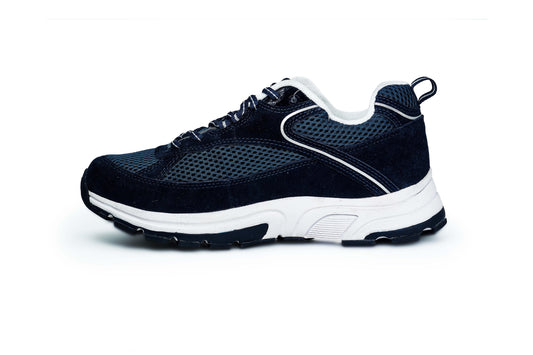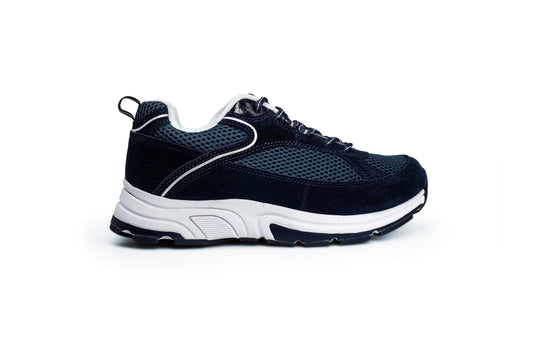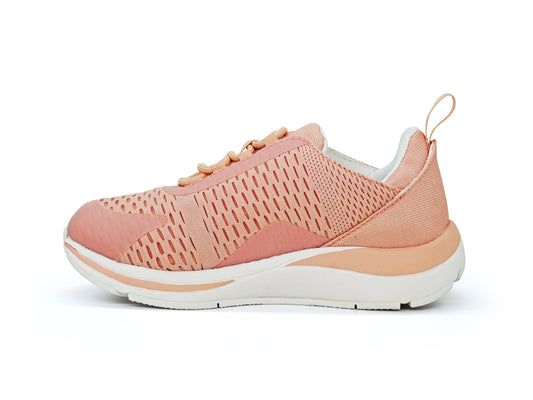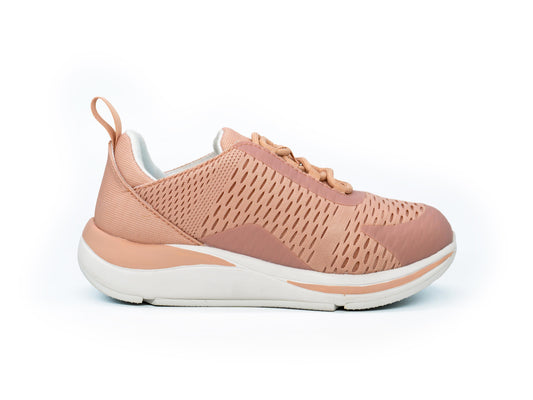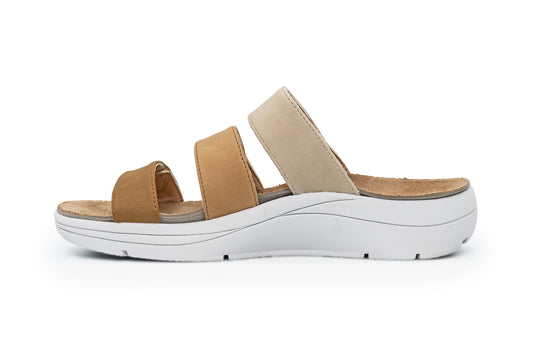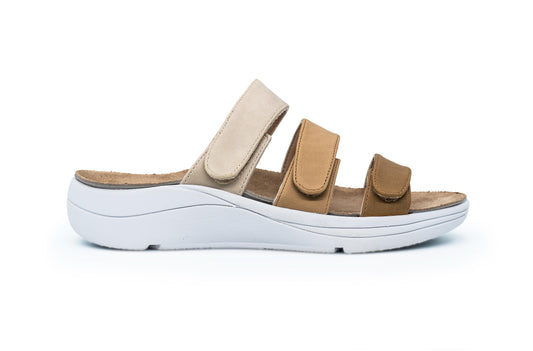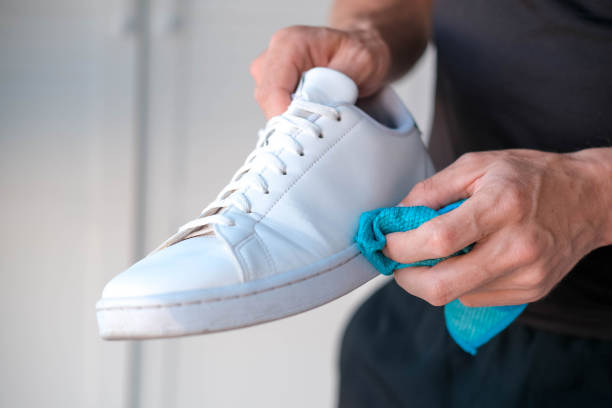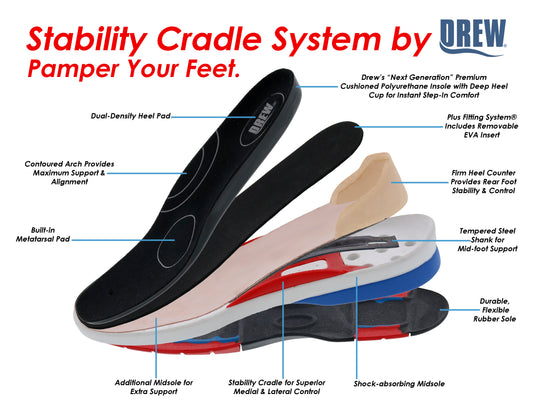HOW TO MAINTAIN AND CLEAN ORTHOPEDIC SHOES FOR LONGEVITY
Orthopedics are slowly becoming common household footwear in India, and many have chosen to become aware rather than oblivion. As they have seen more usage than ever, the chances of wear and tear and untidiness become high, and if not taken proper care of, durability can also be reduced. However, orthopedic shoes, like all other shoes, must be cared for and maintained to make them last and work well for longer periods. This article will teach how to preserve and clean orthopedic shoes, helping them be as long-lived as possible, yet still doing the job efficiently for foot support.
Cleaning your orthopedic shoes
Like any other material, cleaning orthopedic shoes is essential to maintain their support and prevent their loss of functionality. If neglected, the build-up of dirt, moisture, and grime can directly hamper the material and structure of the orthotics.
a. Brush away the dirt from the surface: You might use a soft-bristled brush such as the suede brush used on leather-shoed while the old toothbrush is better suited for use on fabric types. Be cautious on the edges and creases of the shoe in areas where most dirt tends to accumulate, particularly in seams and soles and around the eyelets.
b. Clean with mild soaps: Using a light soap and water solution is one of the greatest and most economical ways to remove dirt and debris from the shoes' surface. The dirt can be gently shaken off using a cloth or sponge. In the case of leather footwear, a leather cleaner must be used to avoid the draining of the natural oils. While any soap can be used, it is advised to avoid using harsh chemicals.
c. Drying Your Shoes: After cleaning, your orthopedic shoes should always air dry. Don't use the heater, dryer, or direct sunlight to hurry up the drying process because excessive heat can easily distort or break the materials used. To help maintain the shoe's shape, stuff it with newspaper or shoe tree to suck out moisture that may cause the shoe to sag. Letting shoes dry fully before wearing them is essential because it would prevent the build-up of moisture, which brings about awful smells.
Deodorizing your orthopedic shoes
Orthopedic shoes can get odors from bacteria and moisture that are retained, especially if they are worn often or for long periods. The following advice will help you deodorize and maintain the freshness of your shoes:
a. Apply antiperspirant sprays or foot powder, which can absorb moisture and reduce odor. To absorb the moisture and get rid of the odor, sprinkle a small amount of foot powder inside the shoes and leave them there overnight. Shoes can also be kept fresh with odor-absorbing shoe inserts or activated charcoal insoles.
b. Make use of baking soda: Baking soda works wonders as a natural deodorizer. Put a small amount of baking soda inside your shoes and let them sit there all night. Your shoes should smell better after shaking them in the morning to get rid of the powder.
c. Properly Dry: After every wear, let your shoes air out in a well-ventilated place. Moisture is one of the main contributors to foot odor, so allowing your shoes to breathe can be a great step in preventing unpleasant smells.
Caring for the insoles

They can be regarded as the underdog in custom orthotics, but they are one of the most vital parts of orthopedic shoes hence it is important to keep them in a functional and hygienic condition, the tips for which are as follows:
a. Replace the insoles periodically: As a part of nature, orthotic insoles too will lose their cushioning effect and wear out gradually. To make sure that this supportive characteristic does not get worn out, these insoles have to be changed periodically. Typically, according to usage, most of the insoles should be changed every 6 to 12 months.
b. Clean the Insoles: One must religiously clean the insoles once every two weeks to avoid the growth of bacteria and prevent infection. Take them out of the shoes and wash them using mild soap and warm water. Dry them completely in the air before putting them back in the shoes.
c. Use Orthopedic Inserts: If your shoes require additional support or have worn-out insoles, consider using custom or over-the-counter orthopedic inserts. These can enhance comfort and support, especially if your feet have unique arch or cushioning needs.
Maintaining your outsoles

The outsoles of orthopedic shoes are the parts that experience the most wear and tear. To keep them in good condition and prolong their lifespan, here are some tips:
a. Regular Inspections: Check the outsoles regularly for signs of excessive wear, such as smooth patches or cracks. If the tread begins to flatten or deteriorate, it may be time to replace the shoes or have the soles re-soled.
b. Clean the outsoles: After strolling on wet or muddy terrain, clean outsoles with running water and brush to remove dust. This keeps dirt from getting stuck and, in turn, affecting the shoe's traction and balance.
c. Avoid Wearing Outsoles on Rough Terrain: Whenever possible, avoid wearing your orthopedic shoes on extremely rough or abrasive surfaces. This will help protect the soles from excessive damage and prolong the life of your shoes.
By doing this easy, effective maintenance and cleaning, you will successfully keep your orthopedic shoes in great shape, and they will remain not only in good shape but continue supporting you too. Regular care helps protect the investment of your shoes so that they can still be comfortable and alleviate the pain for you.
Take the Next Step Towards Comfort and Care
Discover the perfect balance of support, style, and expert guidance for your feet. Explore our collection of orthopedic and diabetic shoes designed to keep you moving with ease.
Start your journey to happy, healthy feet today!
Visit us at DiabeticShoe for more tips, insights, and footwear solutions.
Stay Connected:
Follow us on Facebook, Instagram, YouTube, LinkedIn, Twitter, Pinterest, and Quora for updates, advice, and more informative content.

